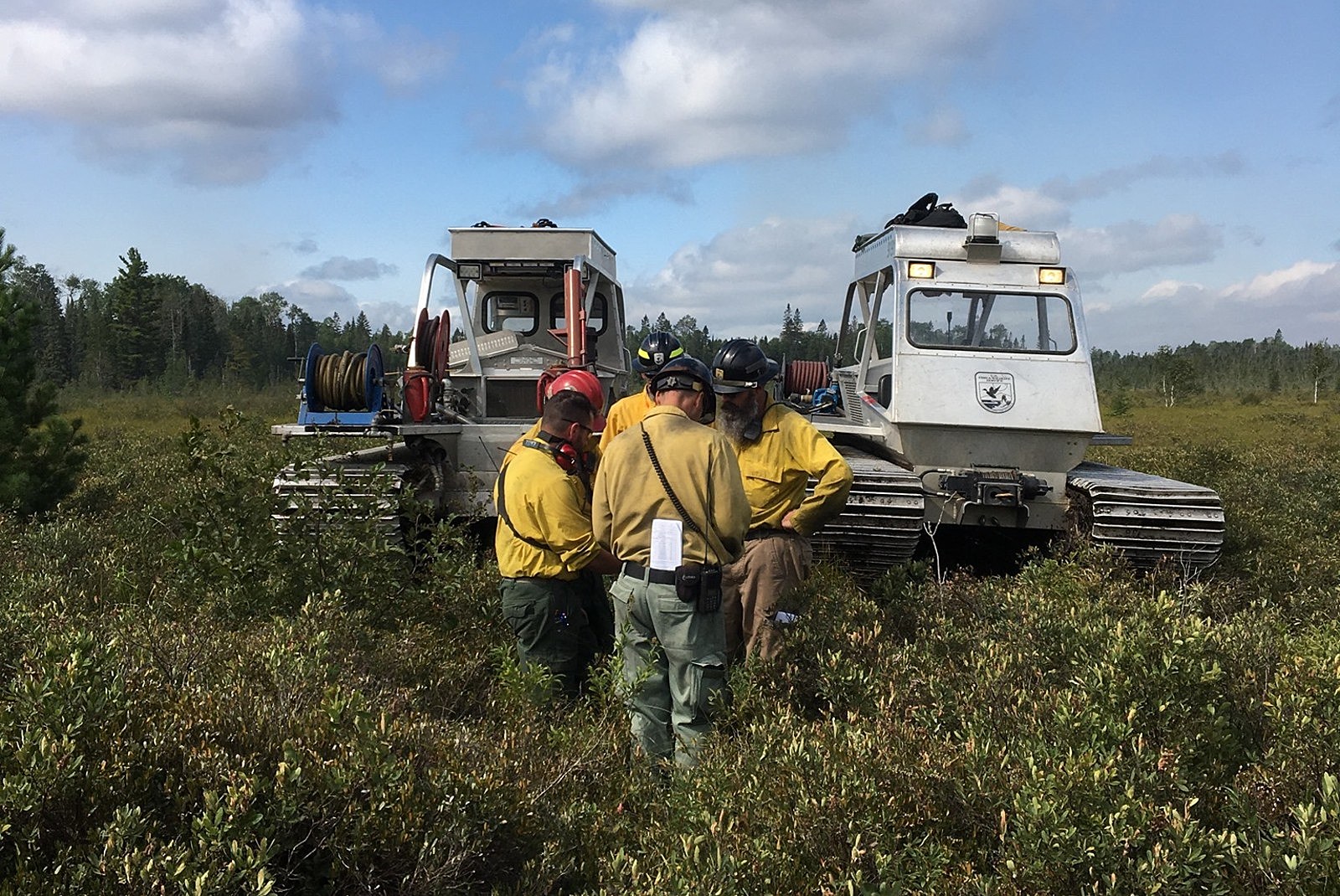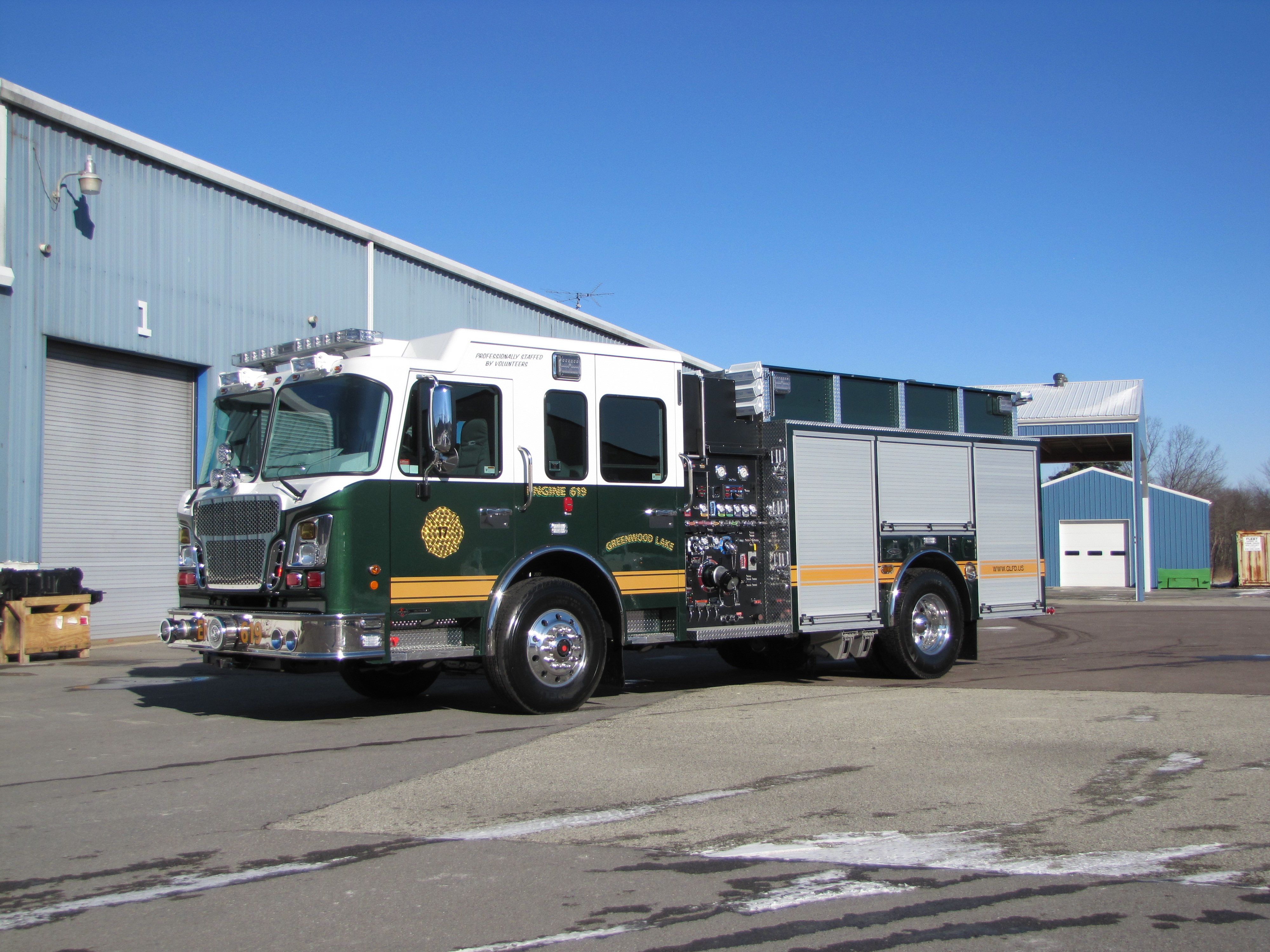Greenwood Lake Fire: The Unfolding Story Of A Devastating Environmental Crisis
The Greenwood Lake fire has become a focal point of national concern, as it continues to wreak havoc on one of the most cherished natural landscapes in the region. This wildfire, which began unexpectedly, has caused widespread destruction, threatening both wildlife and nearby communities. As the flames spread, the urgency to understand its causes and consequences grows stronger. This article delves deep into the Greenwood Lake fire, exploring its origins, impact, and the measures being taken to combat it.
Wildfires are not uncommon, but the Greenwood Lake fire stands out due to its scale and the unique ecological significance of the area. Located in a region renowned for its lush forests and pristine waters, the lake attracts thousands of visitors annually. Now, however, the area faces an unprecedented crisis that demands immediate attention and action from authorities and the public alike.
As we explore the unfolding story of the Greenwood Lake fire, it is crucial to address the broader implications it holds for environmental conservation efforts. This article aims to provide a comprehensive overview of the situation, backed by expert insights and reliable data, ensuring that readers are well-informed about the challenges at hand and the steps being taken to mitigate the damage.
Read also:Heidi Montag Age Unveiling The Truth Behind Her Life And Journey
Table of Contents
- The Origin of Greenwood Lake Fire
- Impact on the Environment and Communities
- Causes Behind the Greenwood Lake Fire
- Emergency Response Efforts
- Effects on Wildlife and Biodiversity
- Climate Change and Wildfires
- Recovery and Restoration Plans
- Safety Measures for Nearby Residents
- Key Statistics and Data
- Preventing Future Greenwood Lake Fires
The Origin of Greenwood Lake Fire
The Greenwood Lake fire ignited on a seemingly ordinary day, sparking from an unknown source that quickly escalated into a full-blown wildfire. Experts believe that human activity or natural causes, such as lightning strikes, may have contributed to its initiation. However, pinpointing the exact origin remains a challenge due to the remote location of the lake and the rapid spread of the fire.
Initial Reports and Observations
Local residents and park rangers were the first to notice the smoke rising from the forested areas surrounding Greenwood Lake. Initial reports indicated that the fire spread rapidly due to strong winds and dry vegetation, creating an ideal environment for combustion. Emergency services were alerted immediately, but the sheer intensity of the flames made containment difficult in the early stages.
Key factors that contributed to the fire's rapid growth include:
- Extended drought conditions in the region
- High temperatures during the summer months
- Low humidity levels
Impact on the Environment and Communities
The impact of the Greenwood Lake fire extends far beyond the immediate destruction of natural resources. Entire ecosystems are at risk, with long-term consequences for both the environment and the communities that depend on the lake for recreation, tourism, and livelihoods.
Damage to Natural Resources
Greenwood Lake, known for its crystal-clear waters and diverse flora and fauna, has suffered significant damage. The fire has scorched thousands of acres of forest, endangering numerous plant and animal species. Additionally, the ash and debris from the fire threaten the water quality of the lake, potentially affecting aquatic life.
Causes Behind the Greenwood Lake Fire
Understanding the root causes of the Greenwood Lake fire is essential for preventing similar incidents in the future. While investigations are ongoing, several potential causes have been identified, including:
Read also:March 27 Birthdays Celebrating The Lives And Achievements Of Iconic People
- Unattended campfires
- Discarded cigarettes
- Lightning strikes during thunderstorms
Human negligence often plays a significant role in wildfires, highlighting the need for increased awareness and education among visitors to natural areas.
Emergency Response Efforts
Emergency response teams have been working tirelessly to contain the Greenwood Lake fire. Firefighters, supported by helicopters and air tankers, have implemented various strategies to control the blaze, including creating firebreaks and deploying water-dropping aircraft.
Role of Local Authorities
Local authorities have played a crucial role in coordinating response efforts, ensuring that resources are efficiently allocated and that affected communities receive the necessary support. Evacuation orders have been issued for nearby residential areas, and temporary shelters have been established for displaced individuals.
Effects on Wildlife and Biodiversity
The Greenwood Lake fire has had a devastating impact on the region's wildlife. Many animals have been forced to flee their natural habitats, seeking refuge in areas less affected by the fire. Conservationists are concerned about the long-term effects on biodiversity, as some species may struggle to recover from the loss of their ecosystems.
Conservation Efforts
Efforts are underway to protect endangered species and restore habitats damaged by the fire. Environmental organizations are working closely with government agencies to develop strategies that prioritize the recovery of affected wildlife populations.
Climate Change and Wildfires
The increasing frequency and intensity of wildfires worldwide have been linked to climate change. Rising global temperatures, prolonged droughts, and changing precipitation patterns create conditions that favor the spread of fires. The Greenwood Lake fire serves as a stark reminder of the urgent need to address climate change and its associated risks.
Scientific Evidence
Research conducted by leading climate scientists indicates that the frequency of large wildfires has increased significantly over the past few decades. According to a study published in the journal Science Advances, human-induced climate change has contributed to a 50% increase in forest fire risk in certain regions.
Recovery and Restoration Plans
Recovery efforts for Greenwood Lake focus on restoring the natural environment and supporting affected communities. Restoration plans include reforestation projects, water quality monitoring, and habitat rehabilitation initiatives.
Community Involvement
Local communities are encouraged to participate in recovery efforts by volunteering for tree-planting events and contributing to fundraising campaigns. Public involvement is vital for ensuring the long-term success of restoration initiatives.
Safety Measures for Nearby Residents
For residents living near Greenwood Lake, safety remains a top priority. Authorities have issued guidelines to help residents prepare for potential fire hazards, including creating defensible spaces around homes and developing evacuation plans.
Preparedness Tips
To enhance fire safety, residents are advised to:
- Clear debris and vegetation from around their homes
- Install smoke detectors and fire extinguishers
- Stay informed about fire warnings and alerts
Key Statistics and Data
Data collected during the Greenwood Lake fire provides valuable insights into the scale of the disaster. According to official reports:
- Over 10,000 acres of forest have been burned
- More than 500 residents have been evacuated
- Approximately $10 million has been allocated for firefighting and recovery efforts
Preventing Future Greenwood Lake Fires
Preventing future wildfires requires a multi-faceted approach that combines education, policy reform, and technological innovation. By promoting responsible behavior among visitors and implementing stricter regulations on fire safety, the risk of wildfires can be significantly reduced.
Technological Solutions
Advancements in fire detection and monitoring technology offer promising solutions for early intervention. Drones equipped with thermal imaging cameras and satellite-based systems can help identify potential fire threats before they escalate.
Kesimpulan
The Greenwood Lake fire serves as a sobering reminder of the fragility of our natural environments and the importance of responsible stewardship. Through a combination of emergency response efforts, community involvement, and scientific research, we can work towards mitigating the damage caused by wildfires and preventing future occurrences.
We invite readers to share their thoughts and experiences in the comments section below. Additionally, we encourage you to explore other articles on our site that address critical environmental issues. Together, we can make a difference in protecting our planet for future generations.


